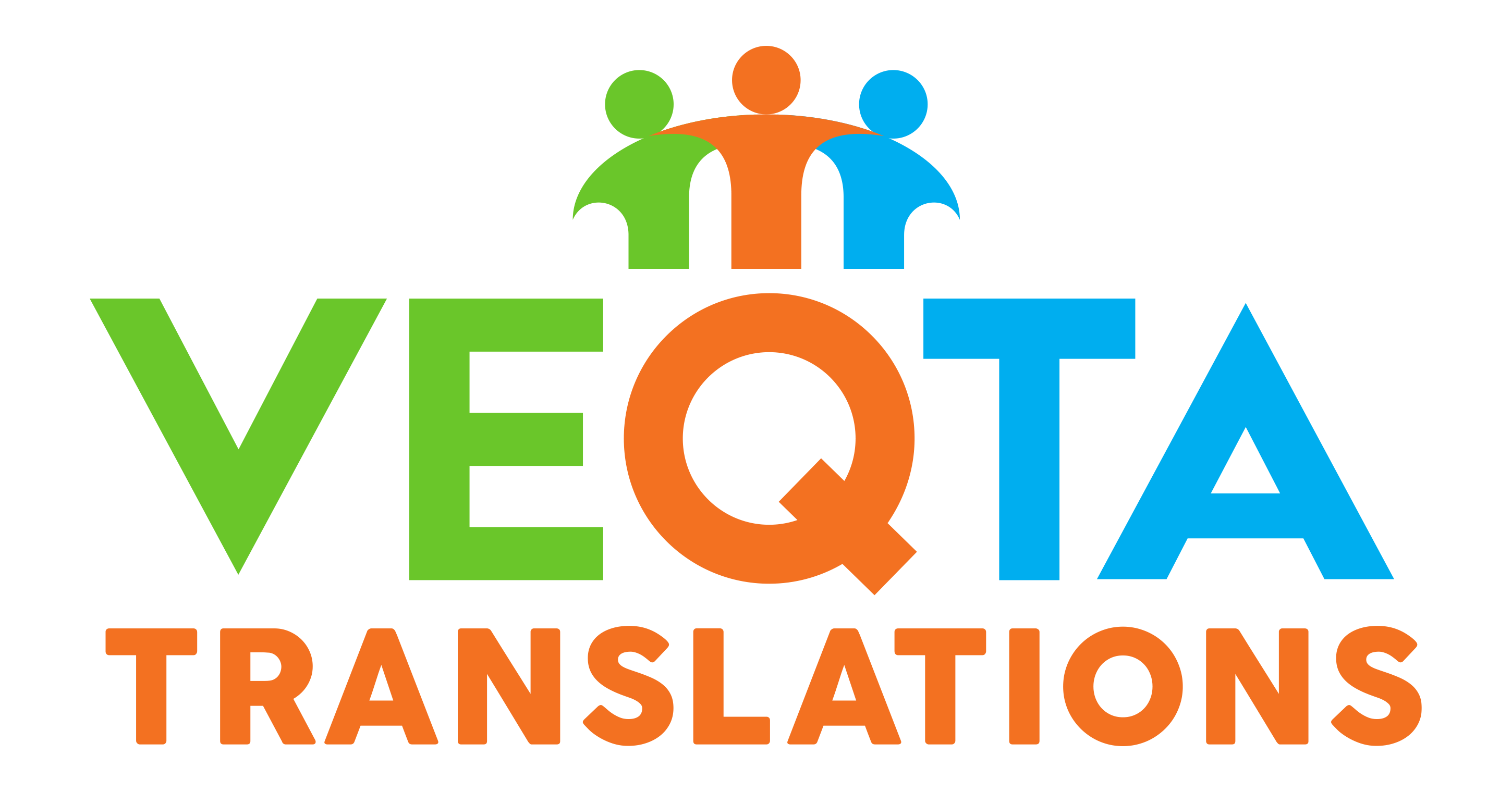Why Over-Reliance on AI Translation Risks Accuracy, Compliance, and Brand Trust
AI-driven translation tools like Google Translate, DeepL, and ChatGPT can quickly and affordably translate large volumes of content to help businesses expand internationally. However, leaning too heavily on AI for business translations introduces hidden risks that can undermine accuracy, legal compliance, brand perception, and customer trust.
Accuracy and Contextual Errors
Even advanced AI models can misinterpret context, idioms, and industry jargon. Business documents often carry domain-specific meanings that literal translations fail to capture, leading to costly miscommunication.
Example: A financial term like “hedging” might be rendered as a gardening concept in another language without proper context, causing confusion and potential financial misinterpretations.
Legal and Regulatory Risks
Business translations often involve legal documents such as contracts, terms of service, privacy policies, and compliance documentation. Inaccuracies can trigger non-compliance, lawsuits, or invalidate agreements.
Key Issues
- Privacy regulations (like GDPR) can require precise, jurisdiction-specific language.
- Contractual obligations must be clearly defined in local languages to be enforceable.
- Misinterpretations in liability clauses can create significant financial exposure.
Loss of Brand Voice and Identity
Brands invest heavily in tone and voice. AI outputs can be generic or inconsistent, stripping messaging of nuance and emotional resonance.
Risk
- A luxury brand could sound casual or inconsistent in another language, damaging its premium image.
- Humor, slogans, or wordplay may be lost—or become offensive—without cultural adaptation.
Cultural Insensitivity
AI lacks deep cultural awareness and may fail to adapt messaging appropriately, potentially alienating local audiences.
Real-World Example
A marketing slogan translated into Chinese by AI alone could accidentally take on a negative or politically sensitive meaning, prompting backlash.
Customer Trust and User Experience
Poor translations hurt UX and trust. If product descriptions, support content, or checkout flows are mistranslated, conversions suffer—especially in e-commerce and SaaS.
Business Impact
- More customer support tickets driven by confusion.
- Higher cart abandonment rates on international sites.
- Negative reviews and social media criticism.
Limited Language and Dialect Support
Many AI systems prioritize “standard” language variants and struggle with regional dialects and local expressions, reducing authenticity and relevance.
Example
Spanish in Spain differs notably from Spanish in Mexico, Argentina, or Colombia. Without localization, AI outputs can feel generic or misaligned.
Confidentiality and Data Privacy
Uploading sensitive content to third-party AI tools raises serious data security concerns and may violate internal or legal requirements.
Risk Factors
- Exposure of trade secrets, customer data, or financial information.
- Violations of NDAs and internal compliance policies.
- Potential breaches under data protection laws.
Inability to Handle Complex Formatting
Contracts, technical manuals, and product documentation often require careful formatting. AI tools can disrupt layouts and consistency, increasing post-editing costs.
Common Challenges
- Incorrect positioning of text, tables, figures, and images.
- Loss of hyperlinks, references, or annotations.
- Mismatched fonts and styles that reduce professional presentation quality.
Over-Reliance Reduces Human Expertise
Replacing specialists with AI can erode in-house linguistic and cultural knowledge, making long-term global brand management harder.
Reputational Damage
The most visible risk is brand embarrassment. Poorly translated materials can quickly go viral for the wrong reasons.
Real-World Cases
- International campaigns mocked for comically bad translations.
- Misinterpreted legal or public statements leading to retractions, apologies, and even stock price impacts.
Conclusion
AI has transformed translation with speed and affordability, but over-reliance creates costly risks. For mission-critical content, the safest approach is a hybrid workflow—combine AI efficiency with professional human translators for context, cultural accuracy, and compliance. Weigh AI convenience against precision and trust in every market communication.
For global operations, investing in quality localization and human-reviewed translations is not just smart—it’s strategically essential.
FAQs
Can AI translations ever replace human translators entirely?
No. AI can accelerate workflows, but human translators provide context, emotion, cultural awareness, and precision that AI cannot yet replicate fully.
Is it safe to use Google Translate for contracts?
No. Legal documents require professional legal translators to ensure accuracy and compliance. AI alone should not be trusted for legal translations.
What industries are most vulnerable to AI translation errors?
Legal, medical, finance, and marketing are particularly exposed due to the complexity and sensitivity of language and regulatory stakes.


